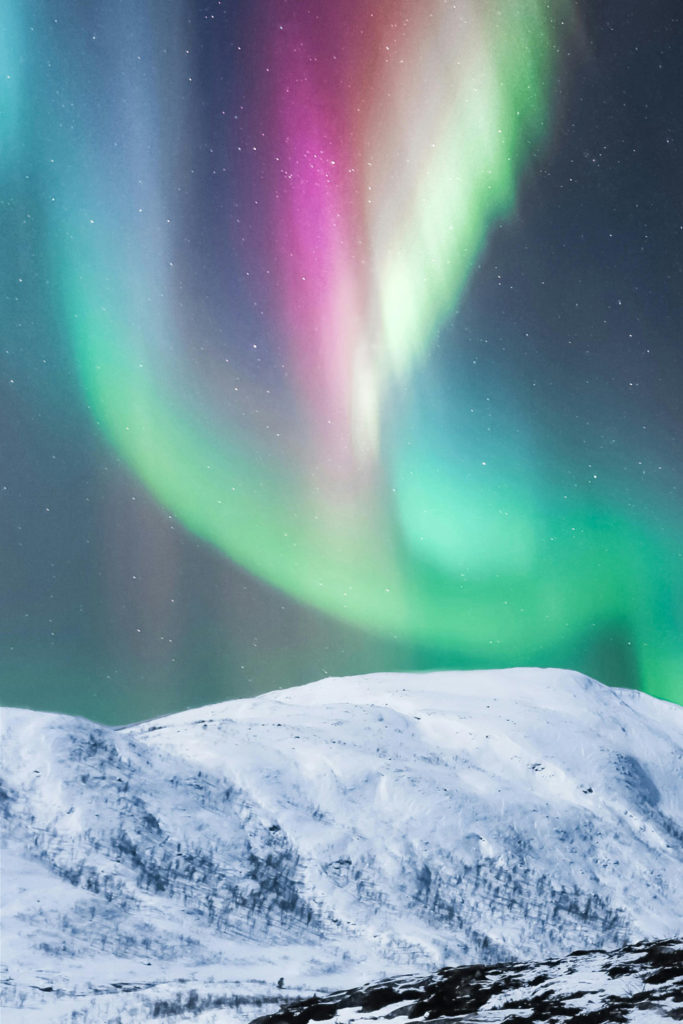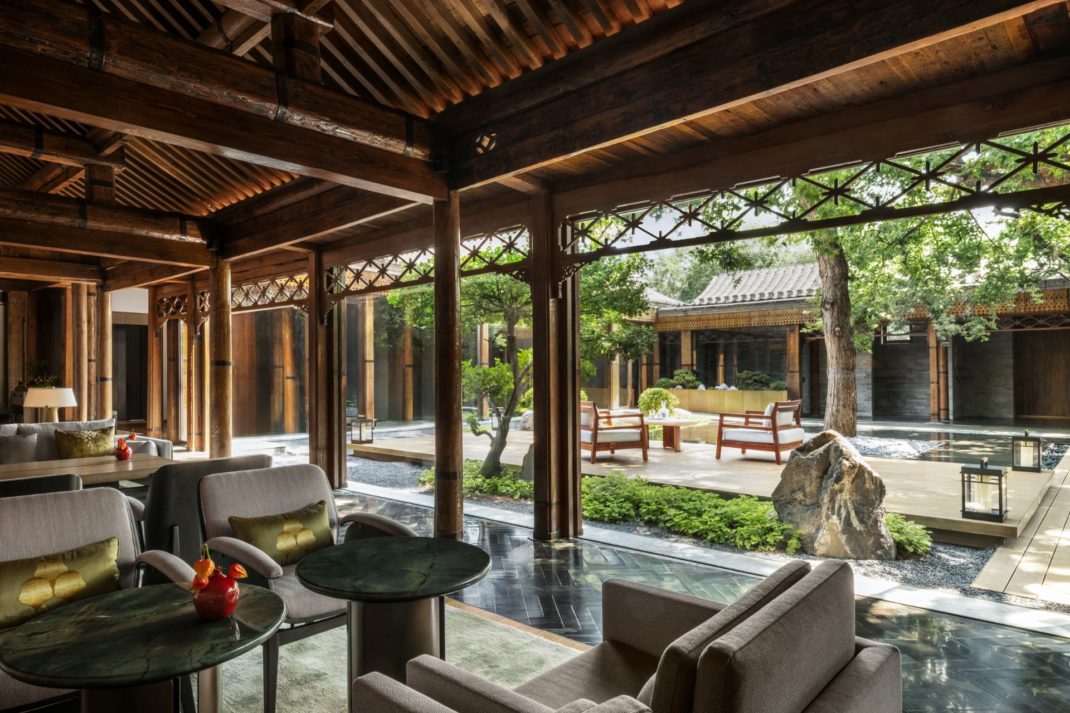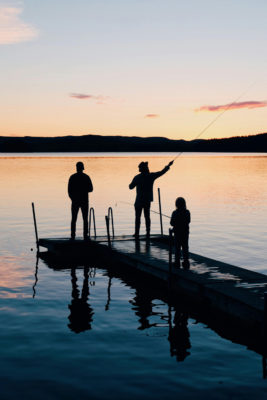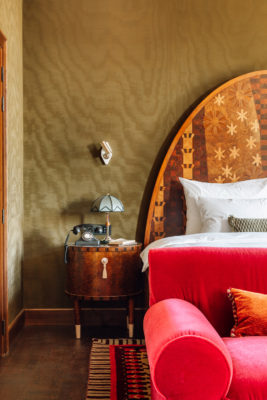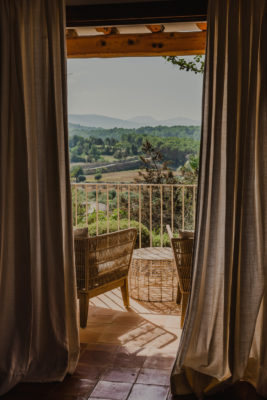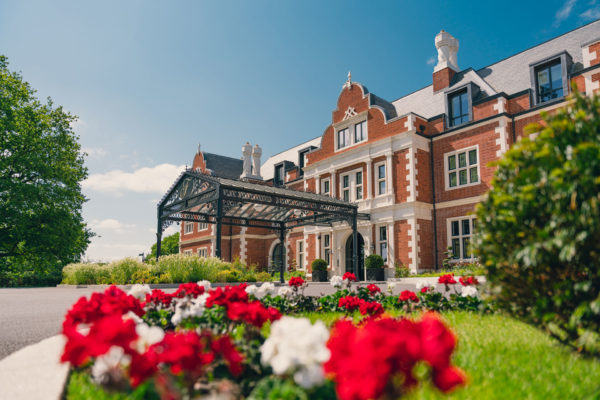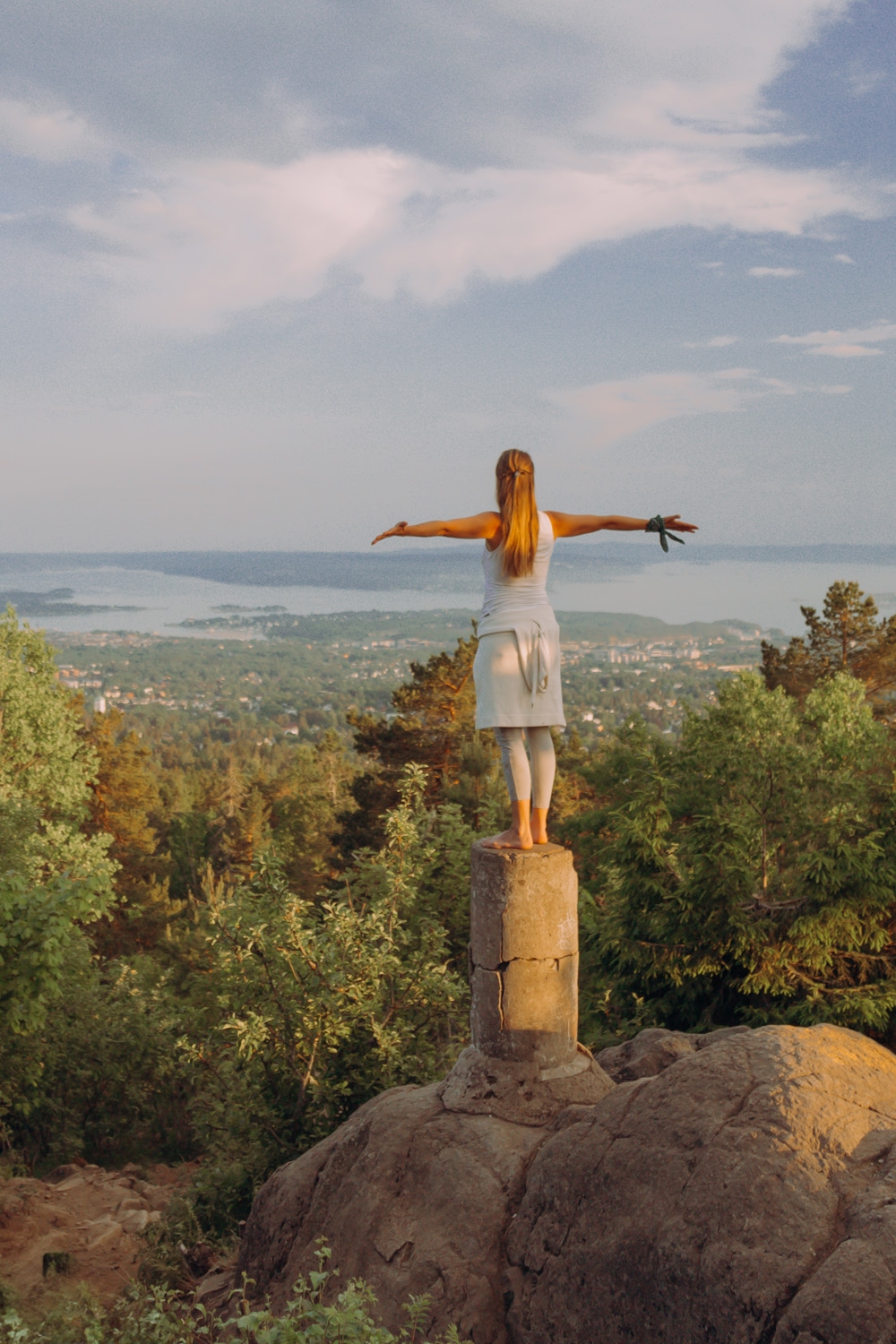
A Guide To Oslo, The New Frontier Of Scandi Cool
By
7 months ago
Floating saunas, beautiful hikes, world-class sculpture parks...
If you’re looking for a coolcation or a city break you haven’t spotted on your Instagram feed yet, we’ve found the perfect place. Making Intrepid Travel’s 2025 Not Hot List – meaning it’s totally worth the visit and equipped for tourists but hasn’t hit the mainstream yet – is Oslo, the waterside Norwegian capital brimming with history and culture, as well as being a stone’s throw (or a 30 minute metro ride) from pure nature.
Named the EU’s Green Capital in 2019, Oslo is still moving from strength to strength in 2024, and there’s more to explore in Norway’s largest city than ever before, Olivia Emily finds. From where to stay to the best museums to explore, here is a comprehensive guide to Oslo.
C&TH Responsible Tourism Guide
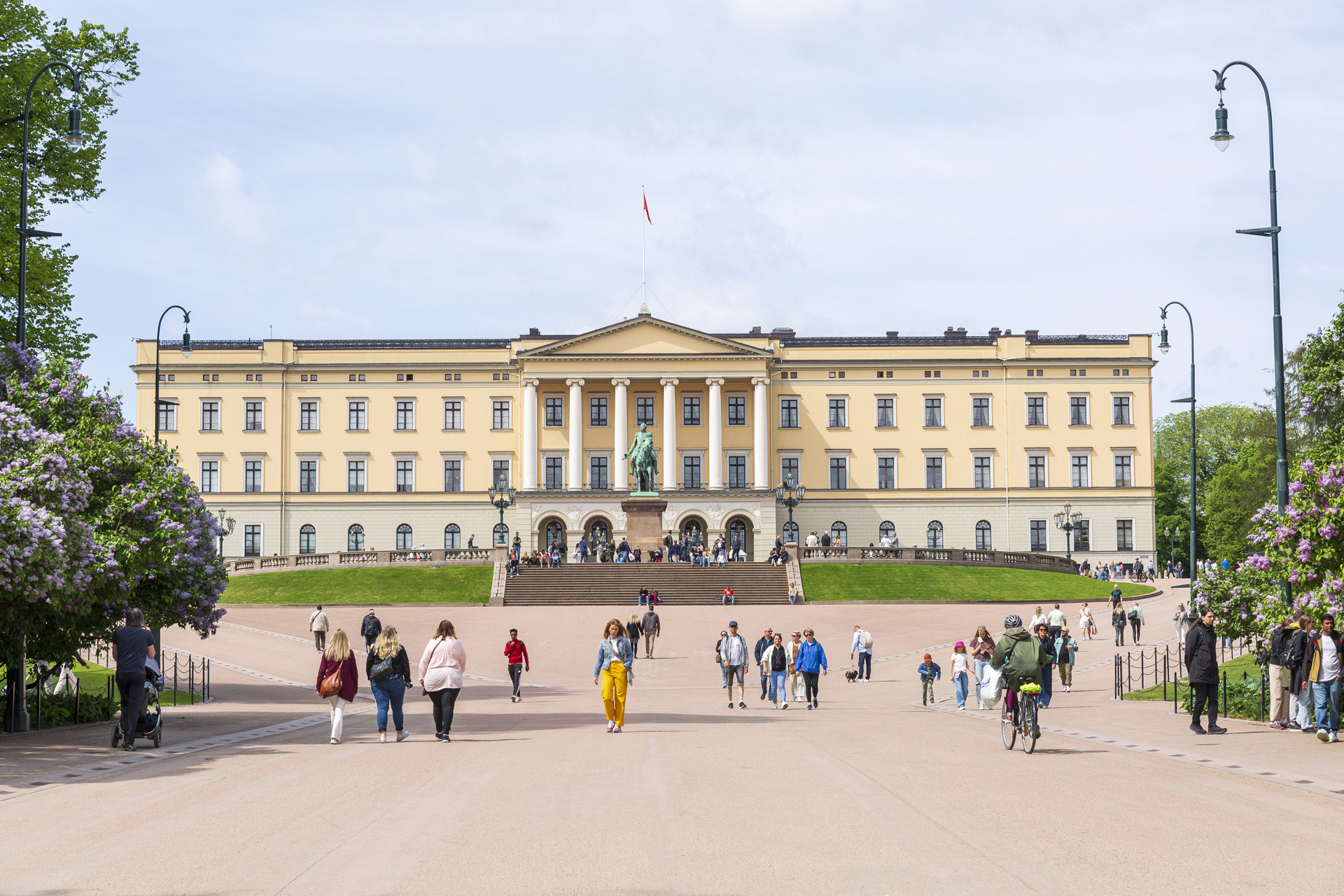
Royal Palace of Norway (VisitOSLO/Didrick Stenersen)
Oslo 2024: A Travel Guide
This ancient city is having a refresh. While building sites and cranes can still be seen, Oslo’s award-winning urban seafront regeneration scheme is a site to behold, bringing the Norwegian capital up to par with other major European cities. In the EU’s 2019 Green Capital, electric cars zip quietly around the city, but trams, metros and buses are much more common. Modern marvels dominate the waterside (the Operahuset and Munch Museum are real highlights) thanks to the extensive urban development project, creating a striking contrast as water laps against the concrete shore, with pure nature surrounding the city and lush islands just a hop across the Oslofjord. The water itself is sparkling clean (almost), with swimming common and recommended when the sun finally shines.
As locals spill from the shiny financial district come 4pm (working hours are typically 8am–4pm in Norway), the city really comes alive, with a burgeoning foodie scene, wine bars spilling onto the pavements and a coffee shop culture Hackney residents would envy. Visiting Oslo feels like stepping into the life humans are supposed to live: it is a nature filled, waterside, walkable city with culture galore, wholesome and plentiful food, and great transport links.
This perception may be partially tainted by the incredible weather we were afforded on our visit, but nevertheless, there’s plenty to get up to on a trip to the Norwegian capital. Here are my top picks.
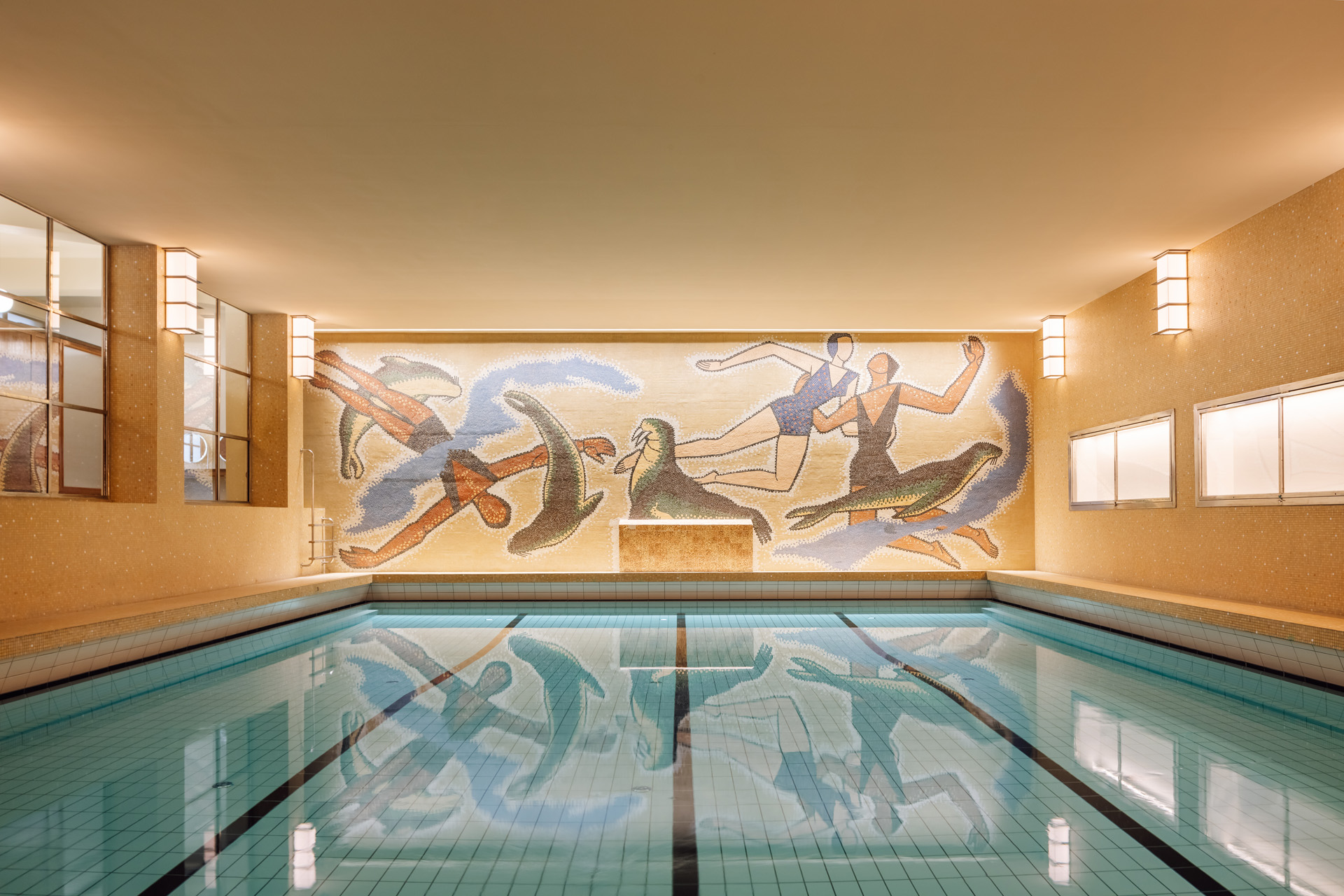
Vestkantbadet (© Francisco Nogueira)
Stay At Sommerro
This cool, art deco dream of a hotel is located just up the road from The Royal Palace of Norway, with a 10 minute stroll in any direction yielding delights, from the National Museum to the cool neighbourhood of Frogner. With both a tram station and a buzzy vibe right on the doorstep, a stay at Sommerro immerses you in the best Oslo has to offer – and it all starts at the spa. A whole subterranean floor that is favoured by a certain world-famous Premier League football player, find a restored mosaic pool with a delightful mural, antique wooden changing rooms, three saunas, and a modern gym all spread across 15,000 sqft. At the very opposite end of the hotel, the wellness continues: find a sauna and rooftop pool with views over the National Library and the local area. On the other side of the roof, find TAK Oslo, one of Sommerro’s seven restaurants; guests and visitors alike can also enjoy Izakaya Bar & Restaurant, Plah & Ahaan, Barramon, To Søstre, Kafé Lucy and the speakeasy style Ekspedisjonshallen. The latter is a real must-visit, with live jazz performed by local bands most nights of the week, best enjoyed with delicious food, tasty cocktails and a buzzy vibe backdropped by a mural of the city by legendary Norwegian artist Per Krohg. Want to learn more? Click here to read my full review of Sommerro.
Details: Find Sommerro at Sommerrogata 1, 0255 Oslo. Rates at Sommerro, a member of Preferred Hotels & Resorts’ prestigious Legend Collection, start from £225 per double room including breakfast. For more information and to book, visit preferredhotels.com
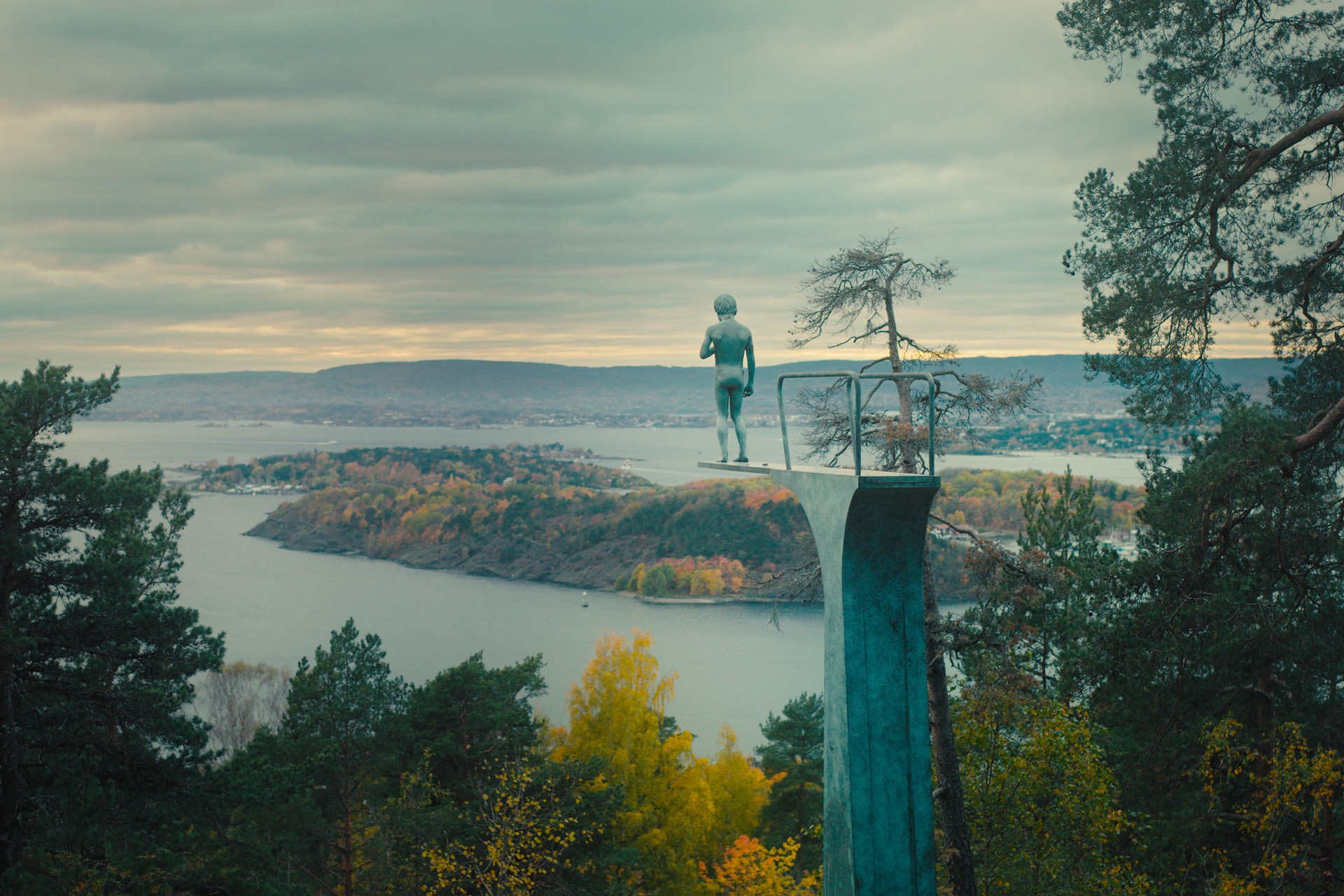
Dilemma by Elmgreen & Dragset at Ekebergparken. (Visit Norway/Field Productions)
Ekebergparken
To the south east of Oslo’s city centre, find Ekebergparken, a verdant hill with buckets of history that has most recently been transformed by Norwegian businessman and art collector Christian Ringnes into an open air sculpture park. We explored Ekebergen with a private guide from Keyguides. Our guide, Diana – who is originally from Ecuador but has lived in Oslo for the best part of two decades now – was thrilled we’d chosen to explore this underrated spot with her. Ringnes’ $70 million investment has certainly paid off: Ekebergparken is a world-class sculpture park complete with an indulgent restaurant with breathtaking views – definitely a highlight of our Oslo trip. That said, it’s still relatively off the beaten path, with tourists usually flocking to the city’s museums or the more imposing Vigeland sculpture park in Frogner instead, making for an incredibly tranquil space you can wander around, stumbling across world-class art from the likes of Marina Abramović, Salvador Dali, Damien Hirst, Auguste Rodin and Auguste Renoir as you go.
There’s also an Easter egg for Munch fans: in this park, in 1892, Munch was out for a stroll with two friends when the sky erupted with colour. ‘The sun was setting,’ Munch wrote. ‘I felt a wave of sadness – the sky suddenly turned blood-red. I stopped, leaned against the fence tired to death – gazed out over the flaming clouds like blood and swords – the blue-black fjord and city – My friends walked on – I stood there quaking with angst – and I felt as though a vast, endless scream passed through nature.’ And thus ‘The Scream’ was born, a motif the artist would return to for the rest of his life, and one he would be best known for years after his death. Marina Abramovic has immortalised the scene: clamber down a dramatic slope to find a picture frame surrounding the view and scream for yourself like nobody is watching. In the Ekeberg museum, find a video created by Abromavic featuring Oslo locals screaming like they’ve never screamed before (some hadn’t) to different effects: emotional purging, fear, tears.
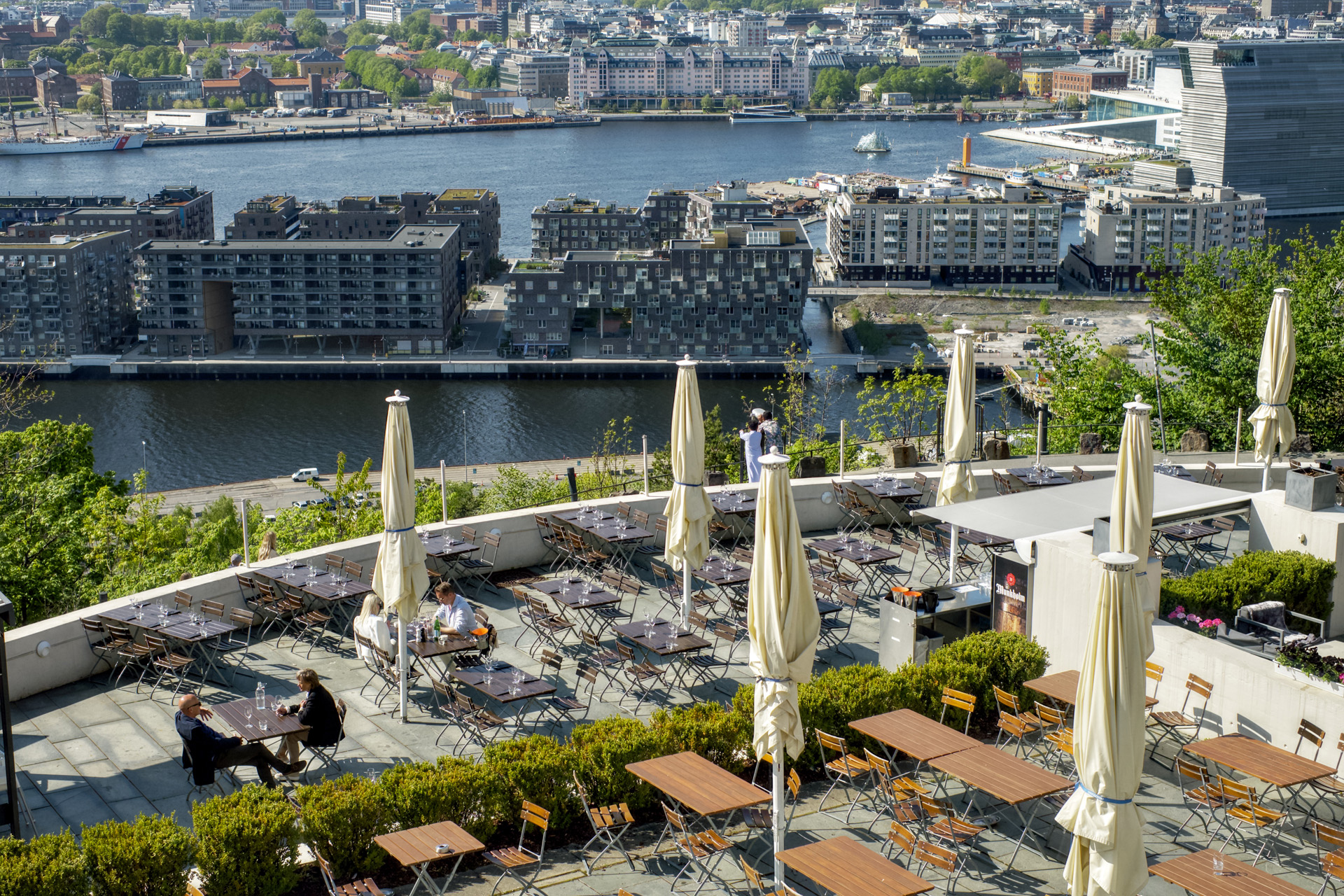
The outdoor terrace at Ekebergrestauranten. (Fursetgruppen)
After you’ve screamed your heart out and explored all the beauties of Ekebergparken, make sure not to miss the park’s restaurant, Ekebergrestauranten (a member of De Historiske, historical hotels and restaurants in Norway), a light filled concrete space with modern art to match the sculptures just outside and a globular chandelier drawing the eye to the ceiling’s centre. The menu changes with the seasons, and what the menu has to offer each day depends on the availability of ingredients to ensure the highest quality. Expect to see plenty of fish and seafood alongside soups, beef tartare, moules frites, and meats like duck and venison accompanied with seasonal berry jus. Outside, find a spacious terrace with views stretching over the harbour and to Oslofjord’s islands.
Details: Ekebergparken is free to enter, but best experienced with a tour guide. Keyguides offers private tours led by experienced locals, really helping you scratch beneath the surface of the city. Prices start from 3,125 krone (approximately £220) for two hours. keyguides.com
Book your table at Ekebergrestauranten at ekebergrestauranten.com
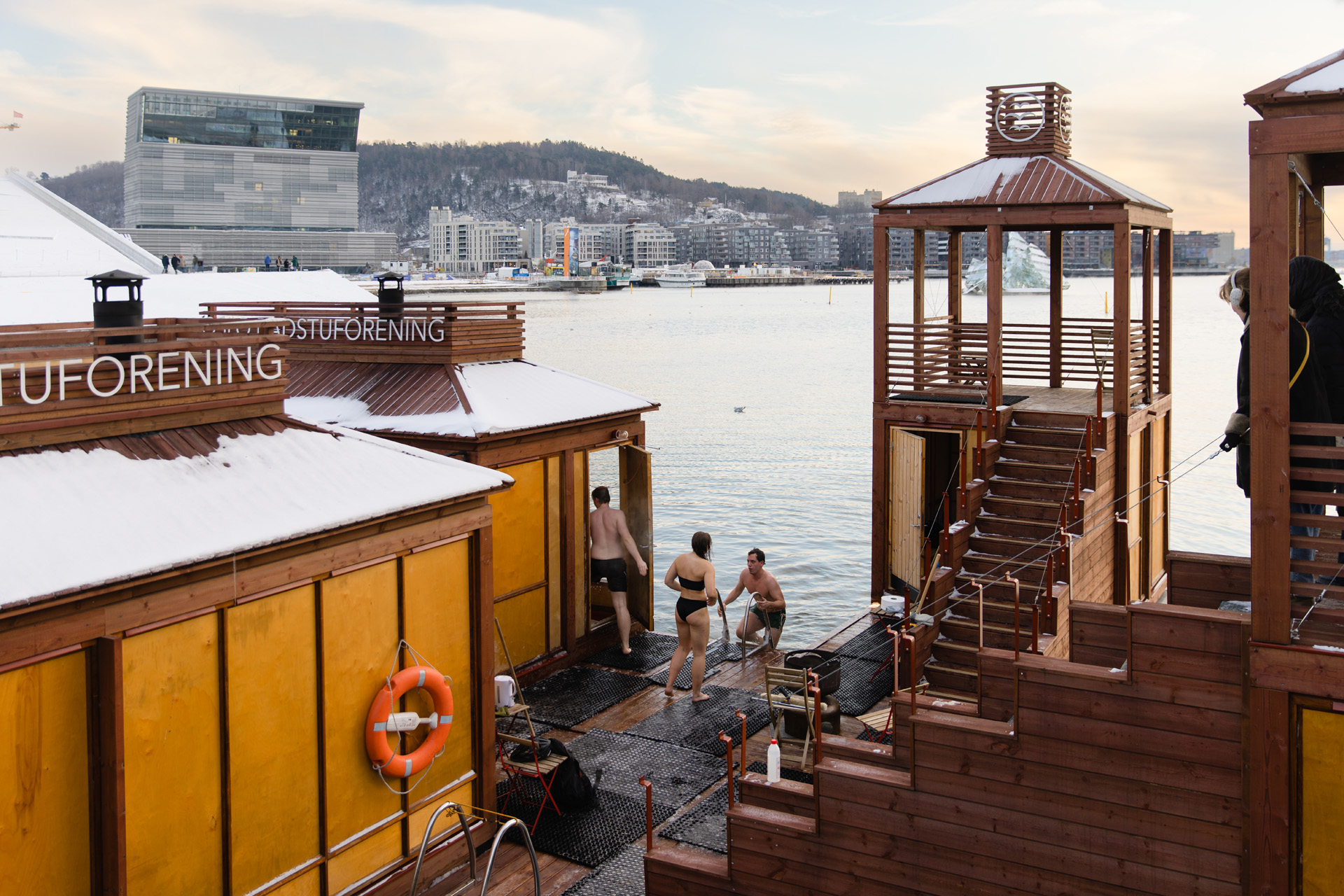
Oslo Badstuforening at Langkaia, with Munch Museum in the background. (Becky Zeller/Oslo Badstuforening)
Sauna Association (Oslo Badstuforening)
If you don’t visit at least one sauna during your time in Oslo (or Norway), you can’t really say you’ve embraced the local culture. (In fact, during our long weekend, we baked ourselves in the sauna at least once each day; when in Rome…) For the most scenic of experiences you’ll want to call home about, book a session at one of Oslo Badstuforening’s communal saunas. Join locals and tourists alike as you hop between the sauna and the brisk fjord and back again, the latter bracing even in the glorious 27° heat of our visit. Floating saunas bob alongside the shore at Bjorvika (the strikingly modern port district of Oslo), beside the Munch Museum (Sukkerbiten) and the Operahuset (Langkaia), allowing for magnificent views from both the icy water and the sweltering saunas, each with a glass front framing the view.
Details: Both communal, private and ritual sessions can be booked at oslobadstuforening.no, with prices starting from 165 krone per session (just under £12).
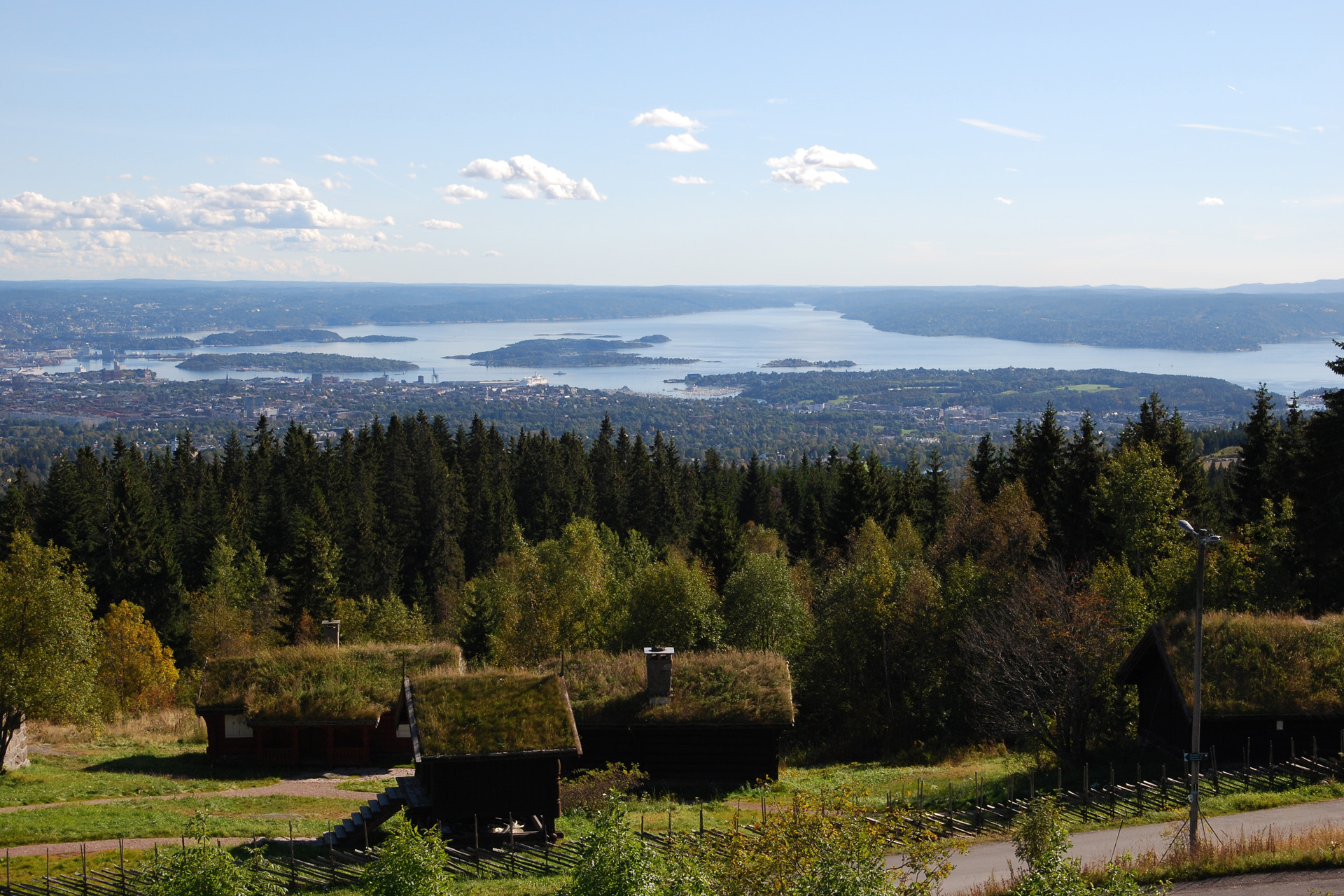
View over the city from Frognerseteren. (VisitOSLO/Frognerseteren Restaurant)
Hike Frognerseteren
Oslo is all about the views, but hiking to the tippy top point of Frognerseteren hiking and skiing area (part of the huge Nordmarka Forest) yields the best of the bunch. Incredibly, a 30 minute metro ride will whisk you from Oslo’s city centre right up into the forest, passing by picturesque villages and dramatic valley views all the while. (This, just FYI, is still Zone 1 in Oslo’s public transport system, and will cost you a mere 42 krona (£2.99) each way. Join a tour with When In Norway for the full experience, with a local guide spilling lore on the area as you traverse mossy roots and slippy rocks, from the names of the trees and berries we pass by to secret cabins nestled in the forest that get booked up a year in advance like in-demand concert tickets.
The wilderness of Frognerseteren is, our guide tells us, closer to the centre of Oslo’s total footprint than the built up waterside area itself. Back in the 18th century, the city’s first metro was constructed here, whisking city dwellers up into Norwegian beauty and encouraging locals to go walking in nature. Soon after, a church was constructed to nudge people to visit mass on Sunday and then go for a walk through the tranquil countryside afterwards. Today, it’s just as tranquil out here, though the forest is bordered by gorgeously traditional wooden houses as well as more modernist houses with idyllic views – and a hefty price tag.
The When In Norway Hike is four hours door to door (ie from the meeting point in the city centre and back again), with around a three hour leisurely hike taking you from the metro station up to the area’s highest point for views over the city, its huge winter ski jumps gracing the hills, and the seascape beyond. In the summer months, moss covers the ground under step, with branches and rocks to traverse. In the winter, When In Norway takes groups out snowshoeing instead, rewarded with a wintery vista at the end. At this time of the year, locals sledge down these dramatic slopes donning ski gear and helmets, our guide tells us, before hopping on the metro back to the top to do it all over again.
Details: Hikes with When in Norway can be booked directly through Visit Oslo, with prices starting from 700 NOK per person (just under £50). Book at visitoslo.com
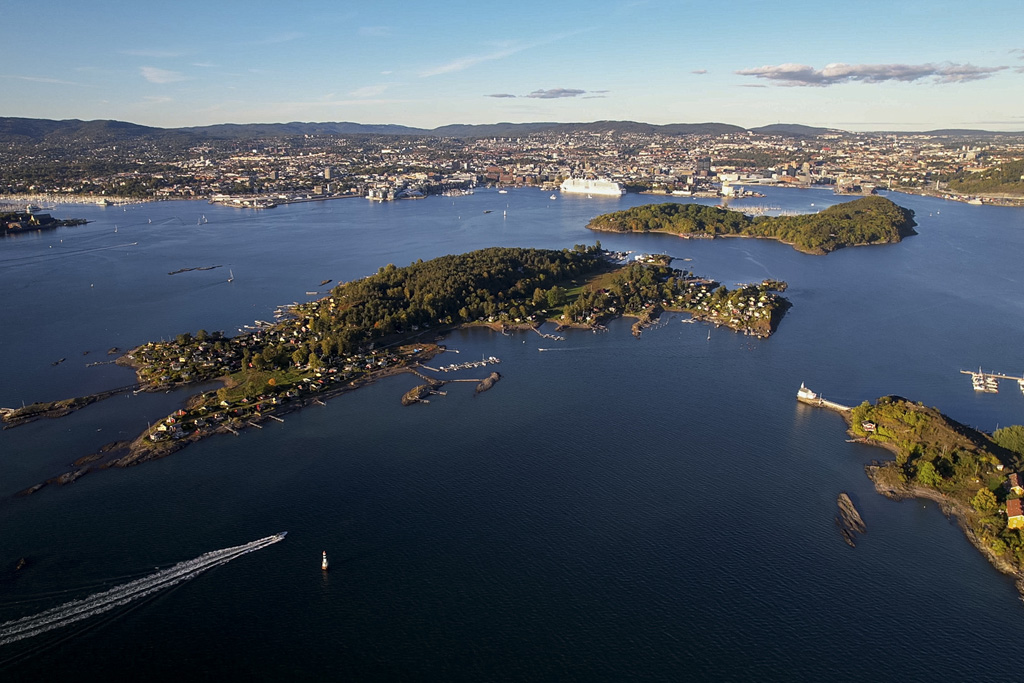
Lindøya, Oslo. (VisitOSLO/Nordur Film)
Island Hop The Øyene
If sun soaked Greece and Croatia are springing to mind, this is island hopping – but not like you know it. The majority of Oslo is waterside, the water being the Oslofjord, Norway’s largest fjord, though it’s not the narrow kind you’ve probably seen breathtaking pictures of in the west of the country. The fjord is filled with a whopping 40 islands (or ‘Øyene’) within the city limits, with five a stone’s throw from Aker Brygge, a bustling pier filled with eateries. Hovedøya, Bleikøya, Gressholmen, Lindøya and Nakhølmen are all served frequently by dedicated Ruter ferries hopping between them all. Tours are available offering specific guided itineraries, or go it alone and craft your own hop on hop off experience: all you need is a Ruter travel day card or a nifty Oslo Pass for unlimited ferries. Lindøya is like a mystical village filled with summer houses occupied by locals, boats bobbing on small docks, while Hovedøya, the largest of this archipelago, is home to an Abbey ruin and a cafe/bar in the summer months. Meanwhile, the beaches are full with people soaking up every ounce of sunshine they can.
Details: A 24-hour Ruter ticket includes unlimited transport within zone one (including the islands) for 127 krone (just over £9), easy to purchase in the app. ruter.no
Or get unlimited transport in zones one and two with the Oslo Pass. Prices start from 520 NOK (around £38) for a 24 hour adult pass. visitoslo.com
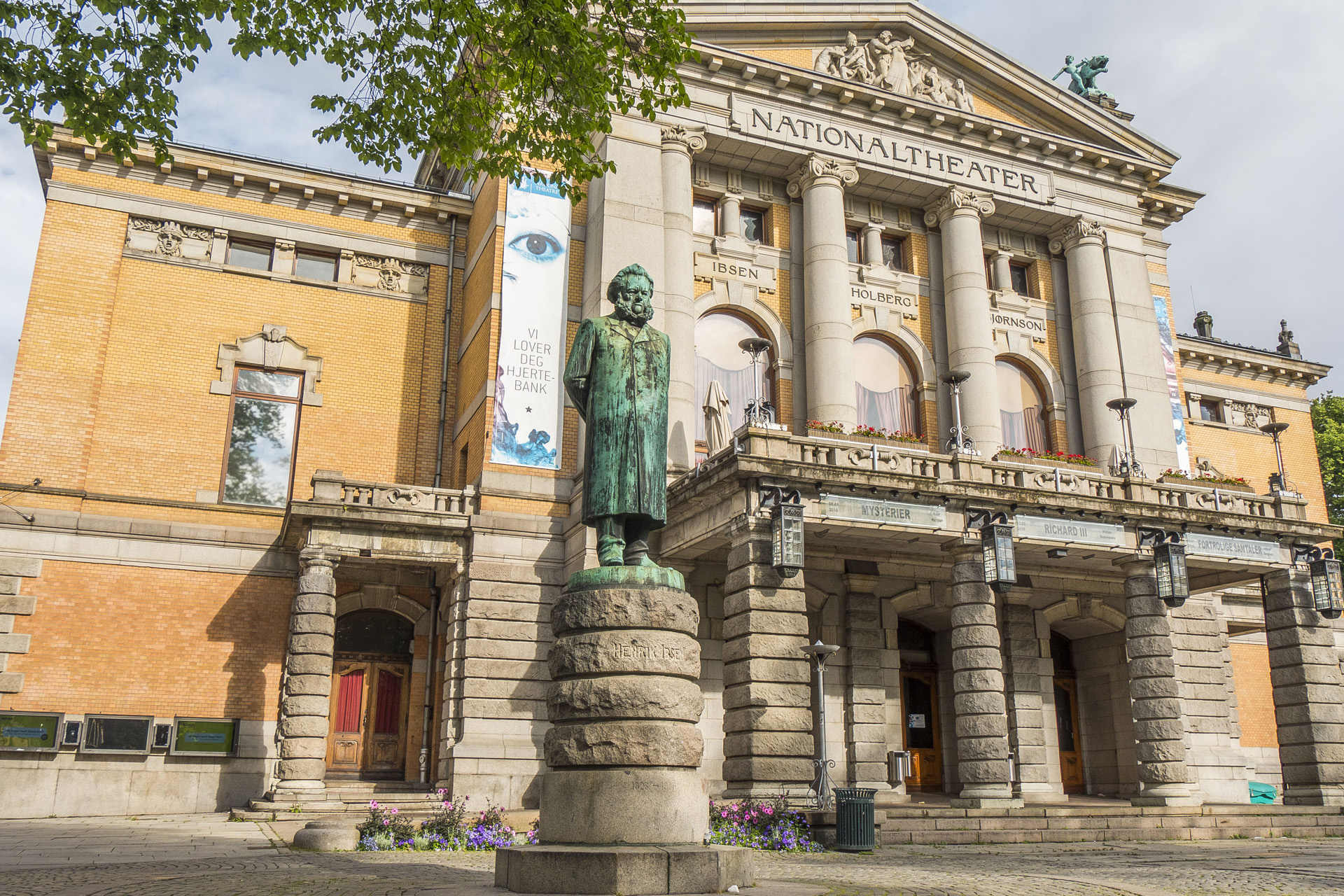
Statue of Ibsen outside Nationaltheater. (VisitOSLO/Didrick Stenersen)
Explore The Museums
Speaking of the Oslo Pass, a great benefit is free or discounted access to many of Oslo’s 50+ museums. Despite its small stature, Oslo offers plenty for culture vultures and history lovers to enjoy, with a plethora of open air sculpture parks to boot. When in Oslo, seeing Munch’s The Scream is a must – and you can find it in The National Museum along with 6,500 more objects related to design, arts and crafts and fine art. For super fans, or those just a little more curious, the brand new Munch Museum is a must-visit. A modernist beauty perched right on the waterside (opened in 2021, replacing the first Munch Museum which opened in 1963), three more versions of The Scream can be found here, along with 13 floors dedicated entirely to the life and work of the Norwegian expressionist. End your visit with a trip to the chic rooftop bar for panoramic views of the harbour, the Øyene and the rest of the city. Outside, find a nine-metre-tall bronze sculpture by British artist Tracy Emin, The Mother: a piece intended to care for the spirit of Munch – who lost his mother, Laura, aged five – at his museum (hear Emin speak on the sculpture here).
Literature fans should stop by the Ibsen Museum, a space entirely devoted to and delving into the life of the famous playwright. If you’re lucky, the nearby Nationaltheatre will be performing one of his works – if you can understand Norwegian, that is. To explore Norway’s medieval history, visit Akershus Fortress.
Details: Explore Oslo’s museums and galleries, see what’s included in the Oslo Pass and book ahead at visitoslo.com
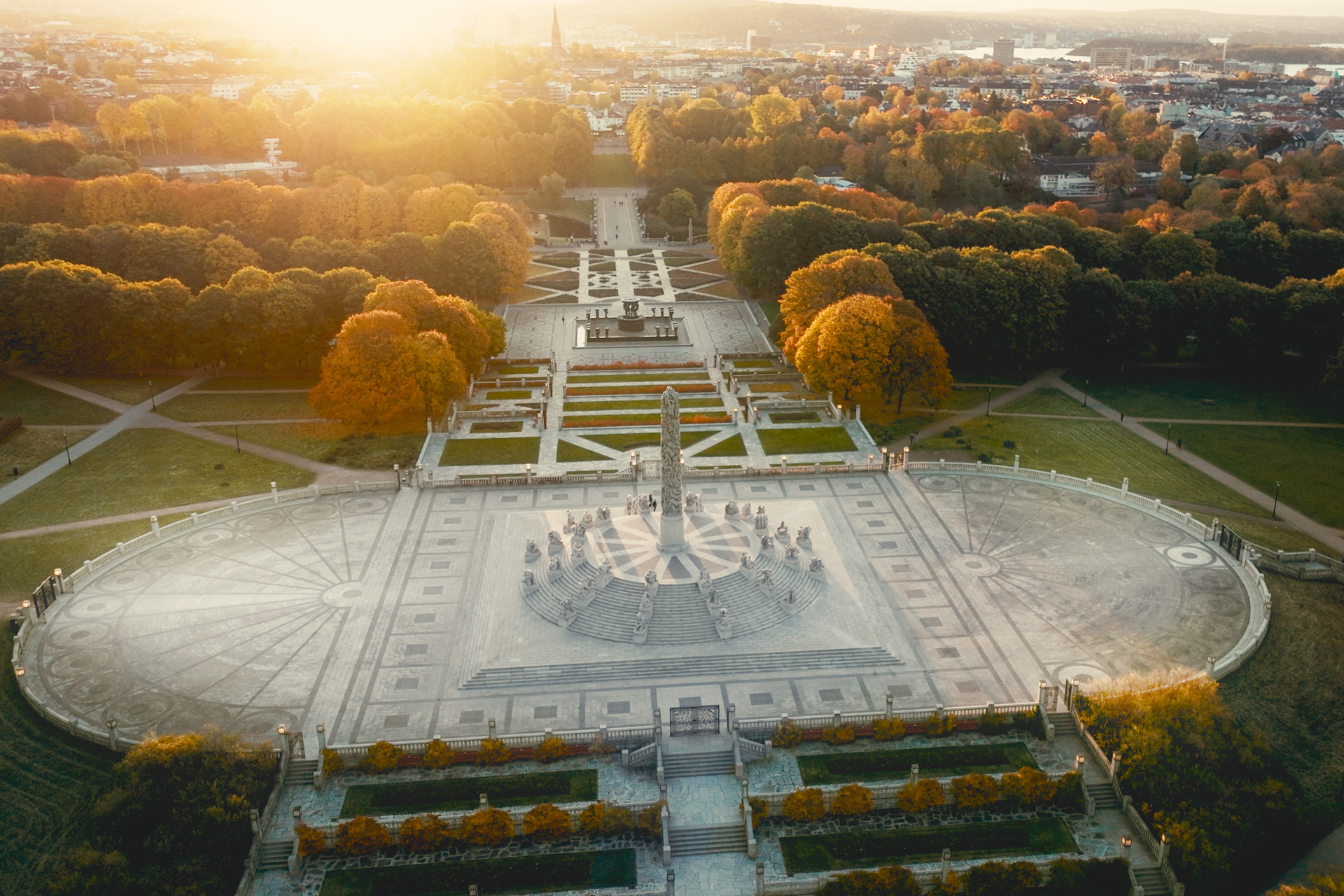
Vigelandsparken (Visit Norway/Field Productions)
Vigeland Sculpture Park
Another of Oslo’s incredible sculpture parks is Vigelandsparken, which is entirely free to visit and located in the west of the city, just beyond fashionable Frogner. Here, find more than 200 sculptures crafted by Gustav Vigeland, all involving bodies twisted, curled and distorted in bronze, granite and cast iron, culminating in a huge central pillar made up of bodies laid on top of one another, stretching into the sky. Afterwards, rest in the surrounding Frognerparken, a lush green space and Oslo’s largest park.
Details: Find Vigelandsparken in Frognerparken (Nobels gate 32, 0268 Oslo, Norway).
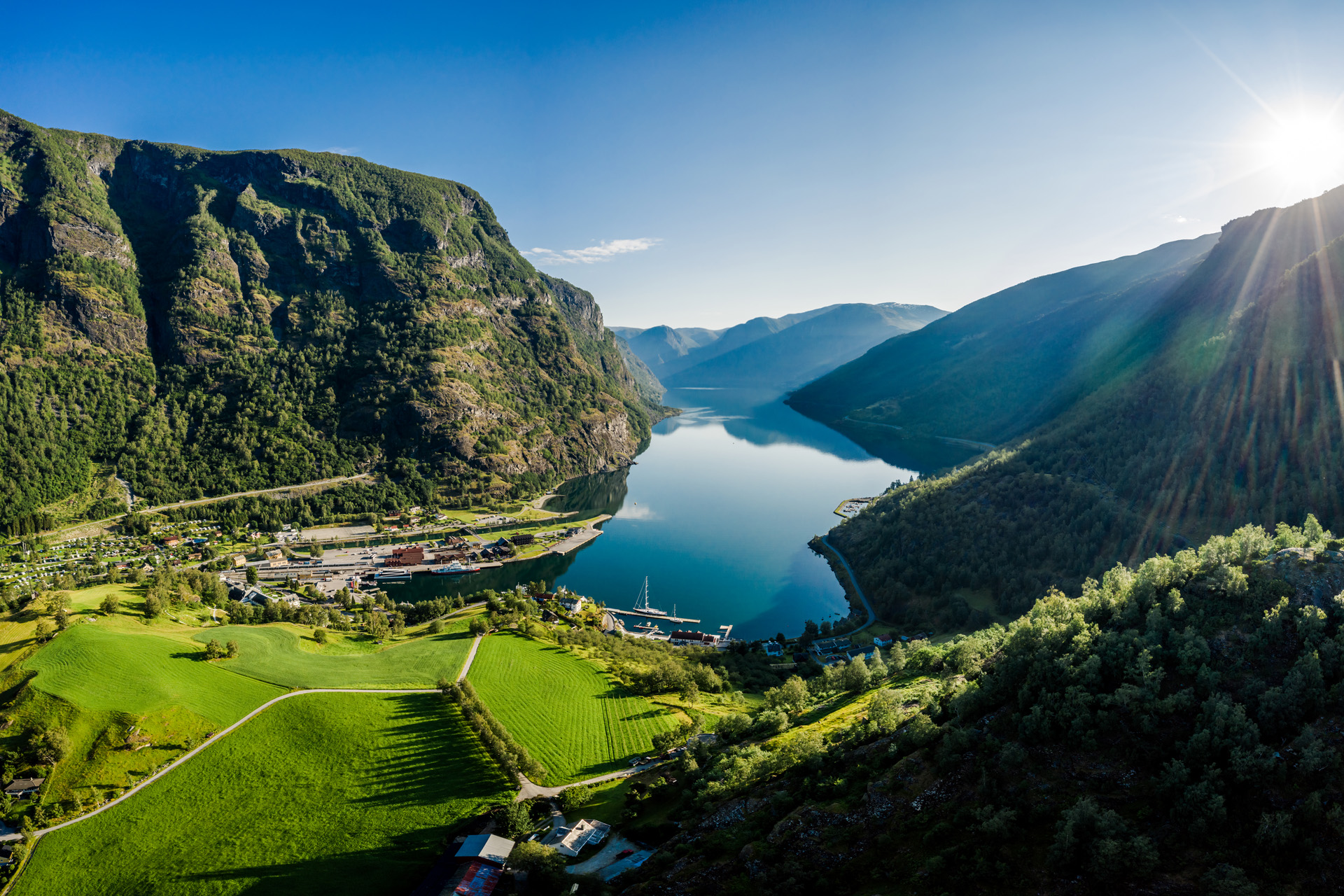
Flam at dawn (Getty)
Combine Your Trip
Oslo is stunning in its own right – and it’s the gateway to the rest of Norway’s beauty. A five hour train journey will whisk you up to Flåm, a pretty valley village with beautiful hiking trails and gateway to the scenic fjords the nation is best known for. From here, take a cruise along the Aurlandsfjord, or head across to Bergen to experience another Norwegian city, this time with colourful wooden houses and even more glorious nature. Further north, there’s also Tromsø at the edge of Lapland, perfect for a festive escape.
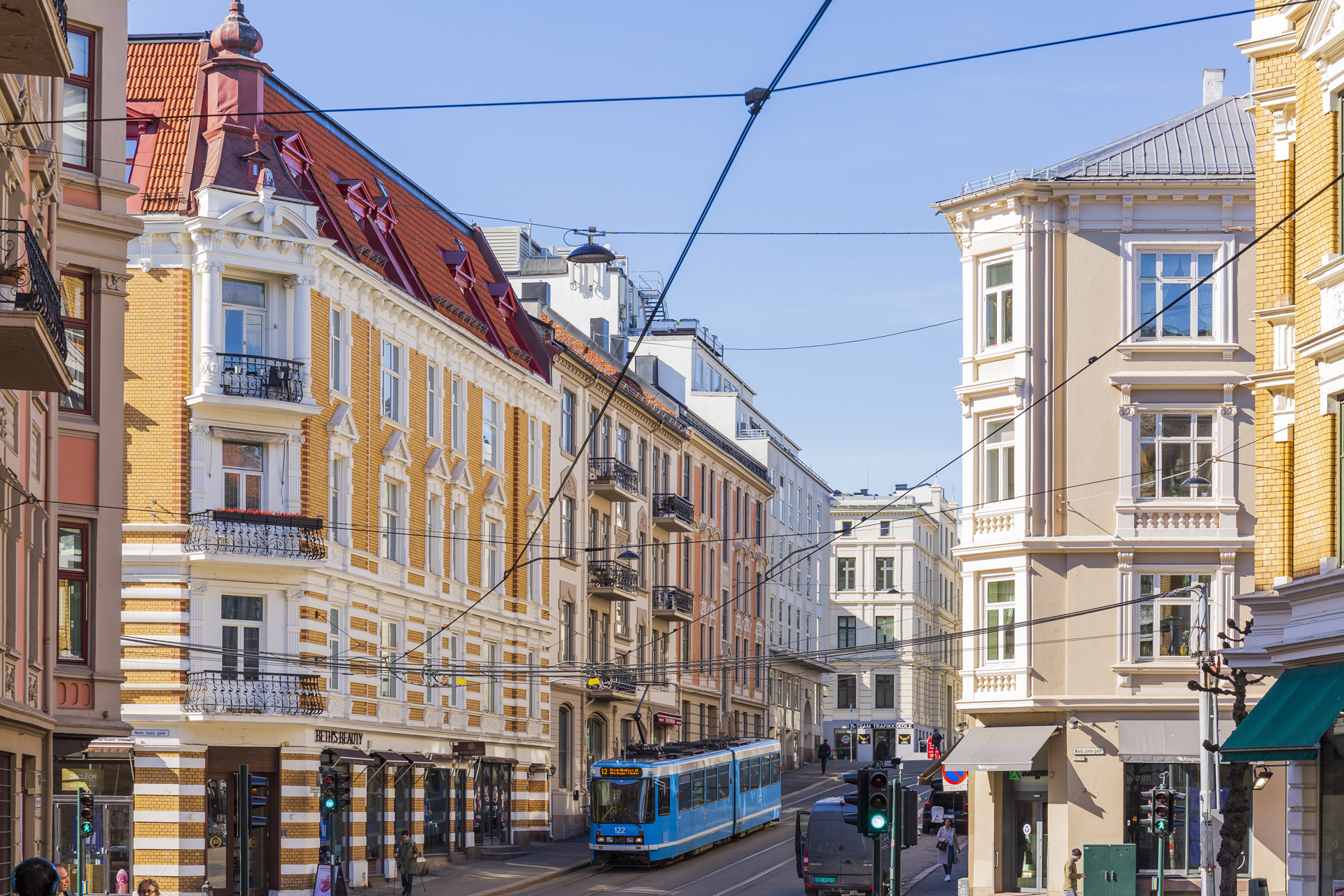
A tram in Frogner (VisitOSLO/Didrick Stenersen)
Getting Around
Norway’s public transport system is second to none, with buses, trams, ferries and the metro all zipping tourists and commuters alike around the small city. You can easily download the Ruter app to access single, return and day tickets, but when it comes to journeying to and from the airport, Flytoget is the top choice for speed, ease and comfort, departing from the airport once every 10 minutes and whisking you into central Oslo in under 20 minutes (these are seriously nice trains, even equipped to print luggage tags when you are travelling from the city back to the airport). You can book ahead or purchase from self-service screens at the station, with prices starting at 240 krone (around £17) each way.
For the rest of the city, aside from Ruter, there’s the Oslo Pass which comes complete with unlimited transport alongside free or discounted access to a plethora of museums and discounts at selected shops and restaurants. Because the Oslo Pass includes transport as well as cultural activities, you can finish at one museum, hop on a tram and be over at the next in a jiffy – all without any fees or fuss.
DISCOVER
Learn more about Oslo and the Oslo Pass, and plan your adventure at visitoslo.com


